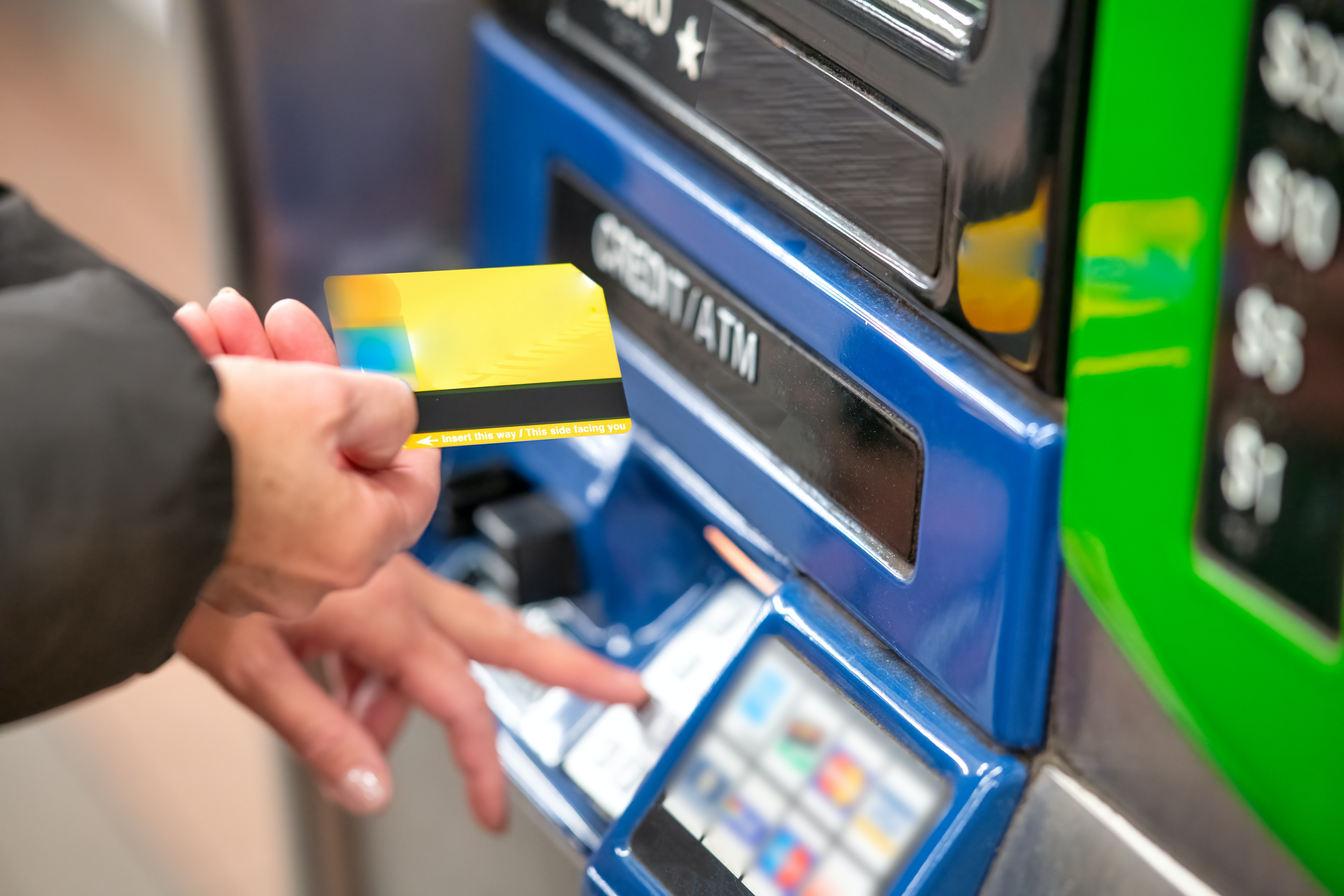Amid shifting economic conditions, household debt in the United States has climbed to never-before-seen levels. The Federal Reserve Bank of New York recently revealed that the combined domestic debt in the first quarter surged to an all-time high of $17.05 trillion, a $148 billion or 0.9% climb from the final quarter of the prior year. This marks an enormous increase of $2.9 trillion since the end of 2019.
A closer look at the first quarter's data shows the debt hike permeated almost every category. All-time high balances were seen in various sectors, including mortgages, home equity lines of credit, auto loans, student loans, and retail credit cards, amongst others.
An unusual pattern was noted in the sector of credit card balances, which maintained a steady figure of $986 million during the first quarter. This contradicts a twenty-year trend of diminishing balances in this category during the first quarter, a time traditionally marked by decreased expenditure and debt repayment influenced by New Year's financial goals or tax refunds. This time, however, the typical pattern was interrupted.
One thing that is not clear is if the increase in debt is simply the result of the record inflation that might lead to people buying the same items they usually would but at a higher cost.
Effective ways on how to reduce your credit card debt - Related Article -
Matt Schulz, a leading credit analyst at LendingTree, expressed concern that the stagnant credit card balances in the first quarter don't bode well for the rest of the year. Despite these numbers, credit card debt has seen the sharpest increase compared to other debt categories, according to Ted Rossman, a senior industry analyst for Bankrate.
Rossman's analysis indicates a growing dependency on credit cards for day-to-day expenses. His research suggests that almost half (46%) of the cardholders carry debt from one month to the next, while 54% manage to clear their balances. This represents a shift from the previous year when only 39% of cardholders carried debt on a monthly basis.
Schulz attributes this rise in credit card debt to factors such as inflation, increased post-pandemic spending, and standard consumer behavior. This trend can be seen as an indicator of either financial confidence or struggle. Schulz noted that except for periods of economic turmoil, like the onset of a pandemic or a major recession, credit card debt tends to persistently rise.
Even as debt touches new peaks, households seem to be handling their financial responsibilities well. While delinquency rates increased across most debt types, they largely remain below pre-pandemic levels. The start of the pandemic saw a significant decrease in these rates.
The pandemic-triggered "refinancing boom" has also improved households' financial status. About 14 million mortgages were refinanced, allowing homeowners to access $430 billion of home equity through cash-out refinances. Approximately 64% of these actions were homeowners refinancing to a lower rate, resulting in an average monthly payment reduction of $220.
However, analysts at the New York Fed have identified several worrying signs in the latest household data. Auto loan delinquencies among borrowers under the age of 40 have exceeded pre-pandemic levels, with inflation driving up car prices and average monthly payments hitting around $700.
Furthermore, the analysis doesn't fully account for the impact and debt implications of "Buy Now, Pay Later" installment loans. Student loans, somewhat eased by pandemic-era forbearance programs, could potentially become a significant burden, particularly considering growing fears of recession and other macroeconomic worries such as banking instability or the current debt ceiling crisis, as indicated by Schulz.
Schulz warns, "While debt may be an unavoidable part of life, it becomes more daunting during times of uncertainty." However, he also points to a potential silver lining for those burdened with high debt: the possibility of improved saving rates.
Rossman offers additional advice for navigating this challenging environment. "In the foreseeable future, we could be grappling with high credit card rates, elevated balances, and more individuals carrying debt. My advice is to strive to minimize credit card debt as efficiently and economically as you can. Although it may seem daunting, there are numerous 0% balance transfer cards available that can halt the accumulation of interest for up to 21 months."
Q&A Section:
Q: How has the U.S. household debt changed in recent years?
A: U.S. household debt has seen a significant rise, reaching a record high of $17.05 trillion in the first quarter, marking an increase of $148 billion, or 0.9%, from the last quarter of the previous year. This surge shows a staggering rise of $2.9 trillion since the end of 2019.
Q: What trends are observed in credit card debt in the U.S.?
A: Credit card balances remained unchanged at $986 million during the first quarter, breaking a two-decade trend of declining balances in this category during the first three months of the year. Despite this, credit card debt has seen the steepest rise compared to other forms of debt.
Q: What factors are contributing to the rise in credit card debt in the U.S.?
A: Major contributors to the rise in credit card debt include inflation, increased spending in the post-pandemic era, and conventional consumer behavior. This trend can be interpreted as a sign of confidence or struggle.
Q: What strategies are recommended to manage high credit card debt?
A: To manage high credit card debt, it's recommended to reduce the debt as quickly and economically as possible. One strategy could be to utilize 0% balance transfer cards, which can halt the interest accumulation for up to 21 months.









